Precious and semi-precious stones in jewelry
Admission
Recently I have wrote about precious metals used in jewelry. Metal itself sometimes need some supplement. He need something that will focus attention and add charm to jewelry. Colorful stones are ideal for this. They can be precious, semi-precious or common. What is most important they should be beautiful in their form. The diamond is the most known and desired stone by the women. However, today we will not focus on it, because it is known and, moreover, I wrote about this already in the article "Diamond - a mineral for a 10th". On the other hand, I will present to you today whole raft other natural stones, which we come across in the jewelry.
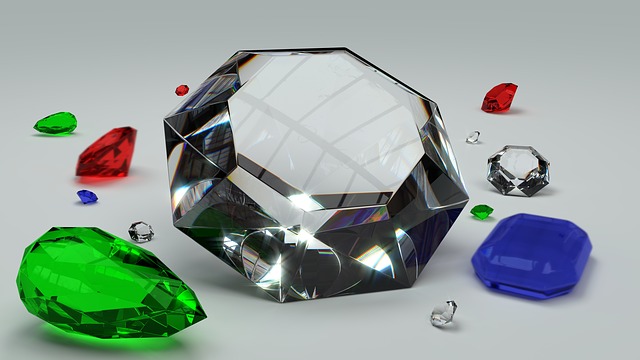
Sapphire
Sapphire is a very hard, rare mineral (blue variant of corundum). In the ten-point Mohs hardness scale, its hardness is 9. From the chemical point of view it is aluminum trioxide (Al2O3). The blue color we do by admixtures of iron ions (Fe2+) or titanium (Ti3+) . It also occurs in other colors, and wears another name (often misleading), for example: eastern amethyst, Kashmiri, starry, watermelon sapphire, eastern emerald or aquamarine. We will meet him in igneous rocks (mainly in pegmatites and basalt). The largest crystals of sapphire were in Sri Lanka (up to 20kg), while the largest crystal of star sapphire were in Burma (12.6kg).
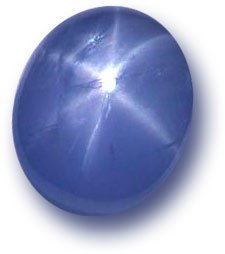
Emerald
Emerald is a kind of beryllium (a mineral from the group of silicates) with a green color. Chemists call it beryllium silicate, Be3Al2 (SiO3) 6. In the ten-point Mohs hardness scale, its hardness is 7.5 - 8. Because of its hardness, it often has scratches and cracks. However they are leveled by baking in oils. Synthetic emeralds are also produced, but the trained eye distinguishes them from natural stones. A very rare and valuable variety is the emerald trapiche (the cross-section of the crystal has the shape of a six-pointed star). We can find it in metamorphic rocks also in the veins of pegmatite granites and in sands and gravels of secondary deposits.
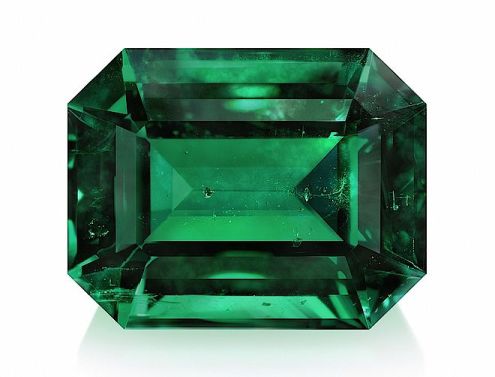
Ruby
Ruby is a rare, hard mineral (red bloody corundum). In the ten-point Mohs hardness scale, its hardness is 9. From the sapphire it’s different colour due to the admixture of trivalent chromium ions and its chemical formula is as follows - Al2O3: Cr3 +. As I wrote, the color depends on the admixtures. The red color is caused by chromium, purple (vanadium) and brown (iron) ions. It occurs, among others, as a component of metamorphic rocks rich in clay.
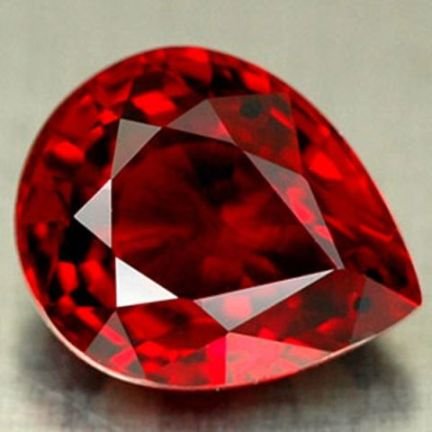
Tanzanite
Tanzanite is a blue variant of zoisite (mineral from the group of silicates). Wrong called by his first explorers the "Meru sapphire". The name comes from Tanzania, where it occurs in gneisses. In the ten-point Mohs hardness scale, its hardness is 6.5 - 7. Its chemical formula is as follows - Ca2Al3(SiO4)3OH. This brittle mineral is sometimes heated to a temperature of 400 - 500 ° C in order to enhance its color. He is often confused with other minerals such as sapphire. Recently, it has gained increasing popularity in jewelry.
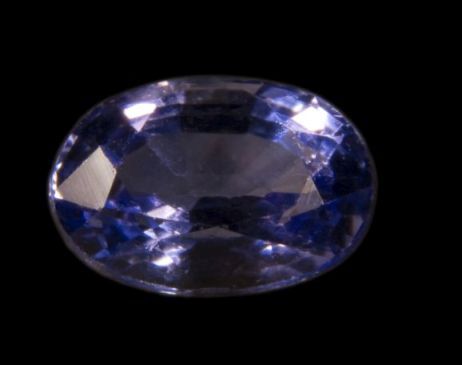
Topaz
Topaz is a mineral with a different color from the silicate cluster. In the ten-point Mohs hardness scale, its hardness is 8. Chemists called it Al2SiO4(OH, F)2 basic alkaline fluorosilicate (OH, F) 2. This mineral is brittle and transparent, when it is not contaminated with other metals. However, when they already contain admixtures of iron, chromium, vanadium and titanium, they become colored stones. He occures many regions of the world in acidic magma and contact rocks. Interestingly, in Brazil in 1986 the largest specimen so far was found, which had dimensions of 2x1,8 meters and weighed 5 tons. In jewelry very common are transparent topazes and blue and yellow.
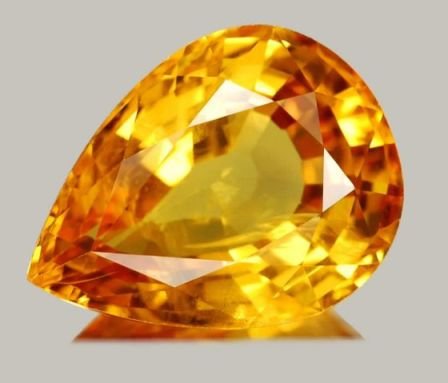
Aquamarine
Aquamarine (a variation of beryllium) is a blue or cyan mineral (depending on the amount of admixtures of iron compounds). In the ten-point Mohs hardness scale, its hardness is 7.5 - 8 and its chemical formula is Be3Al2Si6O18. Depending on the crystal arrangement, it can be colorless or blue (dichroism - two-color). It is valued in jewelry (especially blue stones). Often green or green-blue stones are subjected to heating to change the color to blue (more desirable). An interesting fact is that King Stanisław August Poniatowski owned a scepter made of three polished aquamarine sticks, connected with golden stylized frames.
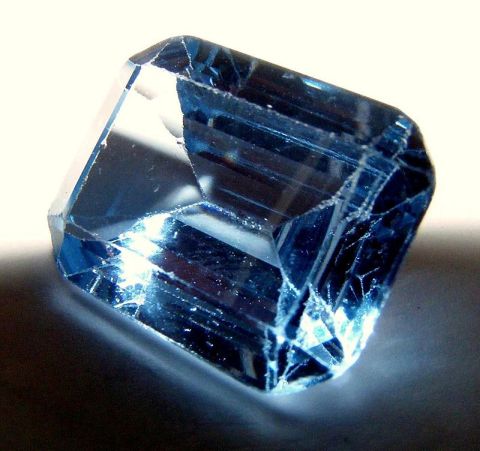
Quartz
Quartz is a mineral from a cluster of spatial silicates. Built mainly of silicon dioxide - SiO2 and its hardness in the Mohs scale is 7. Quartz has a crystalline structure, but there are also cryptocrystal, granular or incrustic varieties. It can have many colors. However, the classic quartz (rock crystal) is transparent and colorless. It seems to be cold in touch, because it is characterized by high thermal conductivity (10 times higher than water) and high thermal capacity. Quartz has many variations, but I will not mention them here, because the most important ones will appear below. It is the most common mineral in the earth's crust.
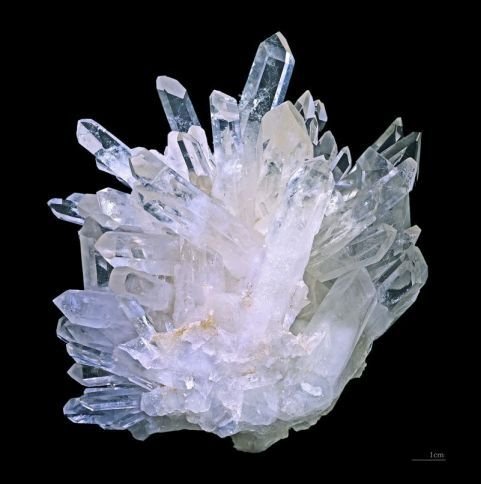
Agate
Agate is a multicolored semiprecious mineral (a variation of semi-crystalline quartz - chalcedony). The name comes from the Sicilian river Achates, where it was mined in antiquity. Agates create a multi-colored, alternating layers of crystallized silica. These layers are usually gray, pinkish and brown. In the ten-point Mohs hardness scale, its hardness is 6.5 - 7. However, the agate mineral chemistry is called silicon dioxide - SiO2. Agates occur in effusive and sedimentary rocks. They have been willingly used since ancient times as decorations and jewelry items.
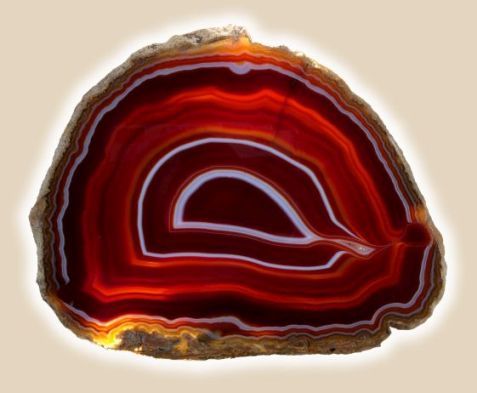
Amethyst
Amethyst is a violet-colored mineral. The name means "not drunk" and come from Greece. Drinking wine with amethyst charm according to Greek beliefs secured by getting drunk. This is related with Roman myth about nymphs, who, was running away from a non-alcoholic god Bacchus, was turned into a jewel by the goddess Diana. In the ten-point Mohs hardness scale, its hardness is 7 and its chemical formula, like the part of the stones I presented, is SiO2. Its violet, purple or purple-violet color it owe presence of iron and radioactive radiation. What interesting, heating can change its color. Thus, up to 250 ° C does not change color, but already above this temperature it becomes colorless. When we reach 500 ° C, the amethyst becomes lemon and once it reaches 600 ° C it becomes colorless again.
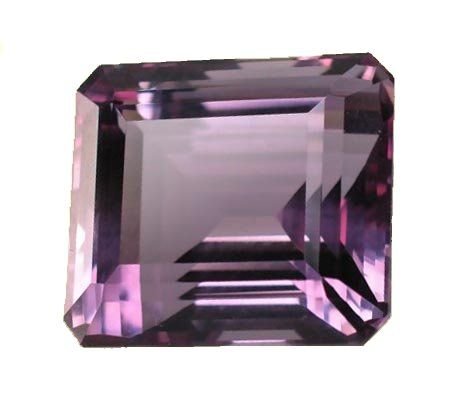
Citrin
Citrin (yellow quartz) is a very rare mineral. Sometimes also called topaz: Czech, gold or false. Hardness (7) and chemical formula (SiO2) are the same as in the case of a rock crystal or amethyst. It occurs mainly in pegmatites and in hydrothermal formations. It is valued by collectors and jewelers. They are produced in the heating from the amethyst or morion.
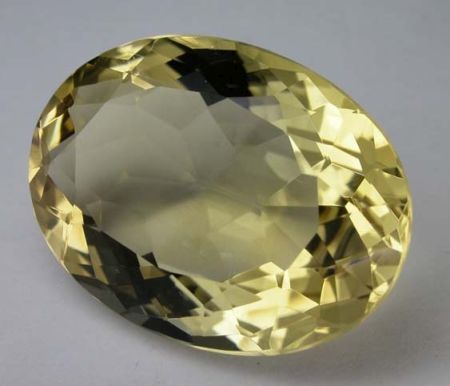
Opal
Opal is a mineraloid from the silicate cluster. It is a hydrated silica - SiO2·nH2O with a hardness of 5 - 6.5 on the Mohs scale. What distinguishes opal from other precious stones is its photonic crystal properties. Opal does not develop crystals. There are many varieties of his stone, but the most precious is the opal opal. These stones are found in igneous rocks, sedimentary rocks and sediments of geysers and hot springs. Unfortunately, they are not without flaws. They are sensitive to changes in temperature and the process of dehydration (dehydration), which can cause cracking of stones. Today, synthetic opals or imitations are created to remind this beautiful stone.
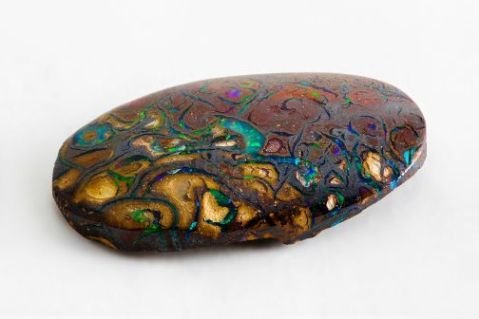
Onyx
Onyx is a mineral with a parallel arrangement of layers. It also occurs in green and white. In the ten-point Mohs hardness scale, its hardness is 7 and it is chemically silicon dioxide - SiO2. Natural onyx belong to rare rocks. They occur all over the world and are formed in the gas-filled voids in volcanic rocks. Often, we can meet onyxes made artificially or with products called so, although they do not contain quartz.
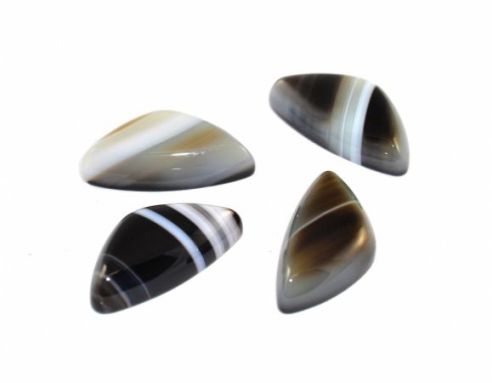
Spinel
Spinel is a rare mineral from oxides. Name come from the Latin. In the ten-degree Mohs hardness scale, its hardness is 8 and its chemical formula is MgAl2O4. The spinels create isometric crystals. They are fragile and transparent. Depending on the admixtures they take different colors. They are formed at high temperatures mainly in dolomite and limestone rich in magnesium oxide. Initially, he was confused with a ruby. Today, in jewelry we will also encounter artificial spinels.
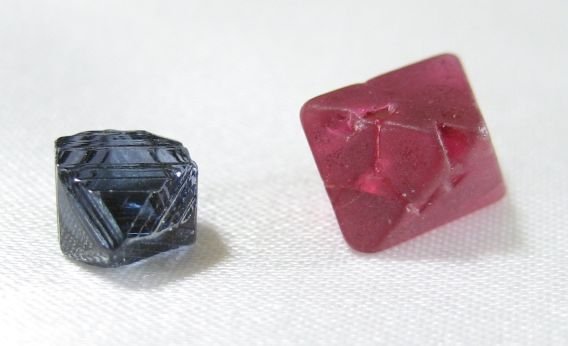
Hematite
Hematite is very common mineral. We can more associate it with the stone used by the jeweler, which is used as iron ore (70% Fe). In the ten-point Mohs hardness scale, its hardness is 5.5 - 6.5 and it is chemically iron (III) oxide - Fe2O3. It occurs in practically all types of rocks. An interesting fact is that it also occurs on Mars. Hematite is used as a decorative and jewelry stone.
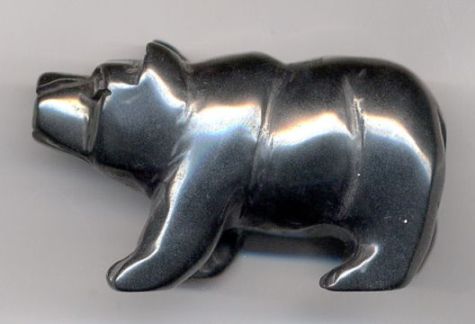
Summary
I only introduced some of the minerals used in jewelry, but this is the part that is more popular. Of course, these minerals are not used only as an element of jewelry, but in various sectors of the economy. However, when buying jewelry, pay attention to the certificate of authenticity of precious stones. Each product with them should have it. If it is not there, the red light should come on and we should give up the purchase. Especially that jewelry is not cheap.
Regards.
Based:
https://pl.wikipedia.org/
„Minerały, skały, ich praktyczne znaczenie i piękno”, Andrzej Manecki, wydawnictwo AGH, 2011
The sources of graphics:
https://pixabay.com/
https://pl.wikipedia.org/
http://jubiler24h.pl/szmaragdy-%E2%80%93-dlaczego-warto-je-mie%C4%87/
http://jubiler24h.pl/topaz-talizman-strzelca-22-xi-21-xii/
https://www.diamant-edelstein.de/info/rubin_pear_7x6.html
http://www.onyxwroclaw.pl/onyks-pasiasty-kaboszon-trojkat-10-19-10mm,id1963.html
you have done lots of work for these stones, most of the used in astrology. Thanks for sharing.